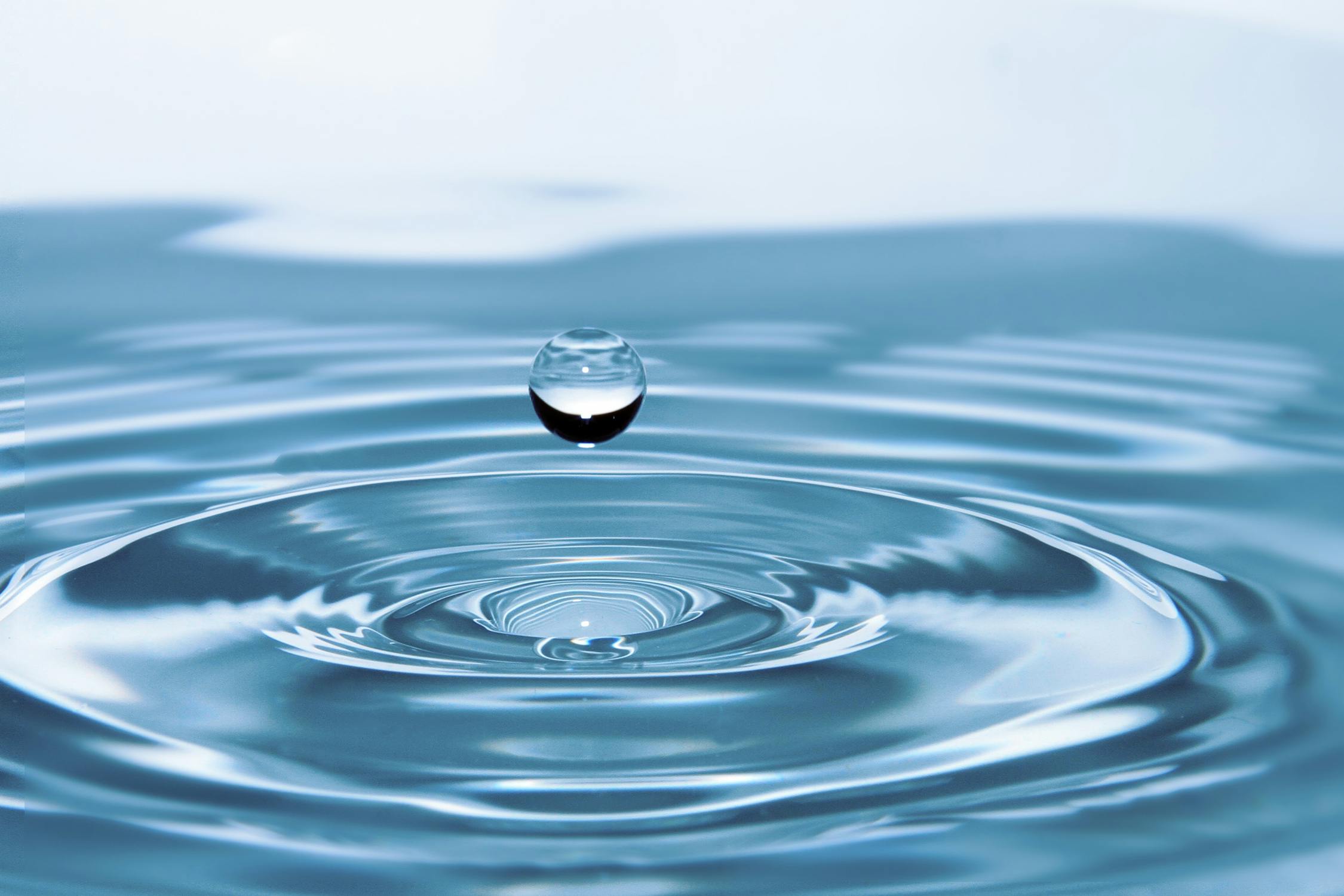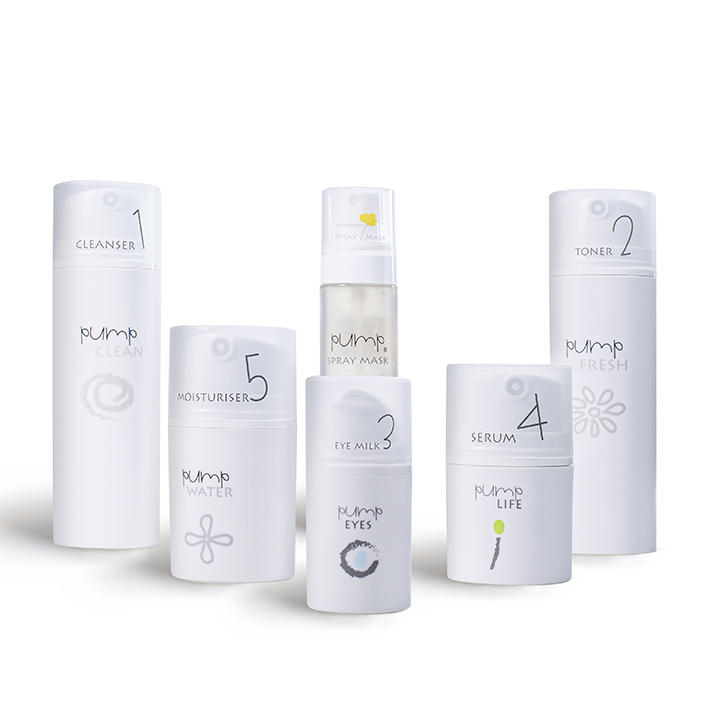Not long ago, there has been a push in our society to embrace body positivity: accepting the appearance of every body as beautiful. The movement is essential to help people understand that we have different body shapes and sizes as humans, and “healthy” and “normal” are not determined by the body’s frame. Apart from breaking down the toxic limiting beauty standards, it has normalized normal conditions like stretch marks and body hair, and helped remove the damaging trend of looking at people superficially, and being critical of someone’s value based on their outward appearance.
However, as most movements age, radical beliefs form, and observably, this approach has some drawbacks. From a biological standpoint, we must recognize that there are certain body signals we must accept and, yes, use judgment on, in order to assess the health of an individual.

For example, certain skin appearances show up with diabetes, indicating the need for further testing. Likewise, hyper- or hypothyroid function is often first ruled as a possible diagnosis based on skin, body fat, and hair symptoms. Heart disease can sometimes be ruled by using fingernail appearance. While clinicians must maintain vigilance in using all available methods of assessing a person’s health status, it is equally important that people recognize their bodies as master communicators.
As a chiropractor, I educate my clients on the importance of recognizing the three major stressors that affect our bodies and cause subluxations. A subluxation is a dysfunction of a spinal joint that causes interference to the nervous system and impairs the body’s ability to heal, repair, and recover. The three significant stressors are physical, emotional, and chemical. Physical stressors include sports injuries or more insidious traumas like poor phone posture for a prolonged period of time. Emotional stressors include strained relationships between employee and boss or financial uncertainty. Chemical stressors include breathing scented candles and perfumes or using cosmetics with toxic ingredients.

Apparent symptoms of chemical stressors can be skin blemishes, acne, rashes, excess adipose (fat) tissue, dry skin, and eczema. These symptoms are signals and should be eliminated by addressing the initial chemical stressors.
To avoid subluxations, we must be diligent in managing the stressors that may affect us. We can take simple and effective steps to keep our bodies toxin-free by removing harmful chemicals from our bodies and environments. Try these tips to create a beautiful body, inside and out:
1. Avoid Toxic Skin Care Products
Unsure what’s toxic? Search the product on 1Source’s website. They have an easy rating system to assess the toxicity of shampoo, lotion, makeup, and more. Try natural skin care like Visible Ingredients. Read the ingredients list and then compare it to what you’re currently using, and you’ll see the difference.
2. Breathe Clean Air through your Mouth and Skin
Take some time to surround yourself in a place with clean breezes. Can’t find the time or place? You can make sure own space by putting air-cleaning plants in your home and using an air purifier.

3. Eat Whole Foods and Ingredients
Toxic build-up in the skin can start with the food we put in our mouths. Eat real, whole foods. Read and be aware of the ingredients in the packaged food you buy. If you don’t know what it is, better search it on Google.

4. Detox
There are two ways to detox. Drink plenty of clean water to help detox your organs to function optimally. Exercise enough and vigorously enough to make yourself sweat. This is an essential detox function for our body and skin.

5. Get Adjusted
Get adjusted by your chiropractor. Your body must be in excellent communication to take in the nutrients it needs and release the toxins it doesn’t need.



